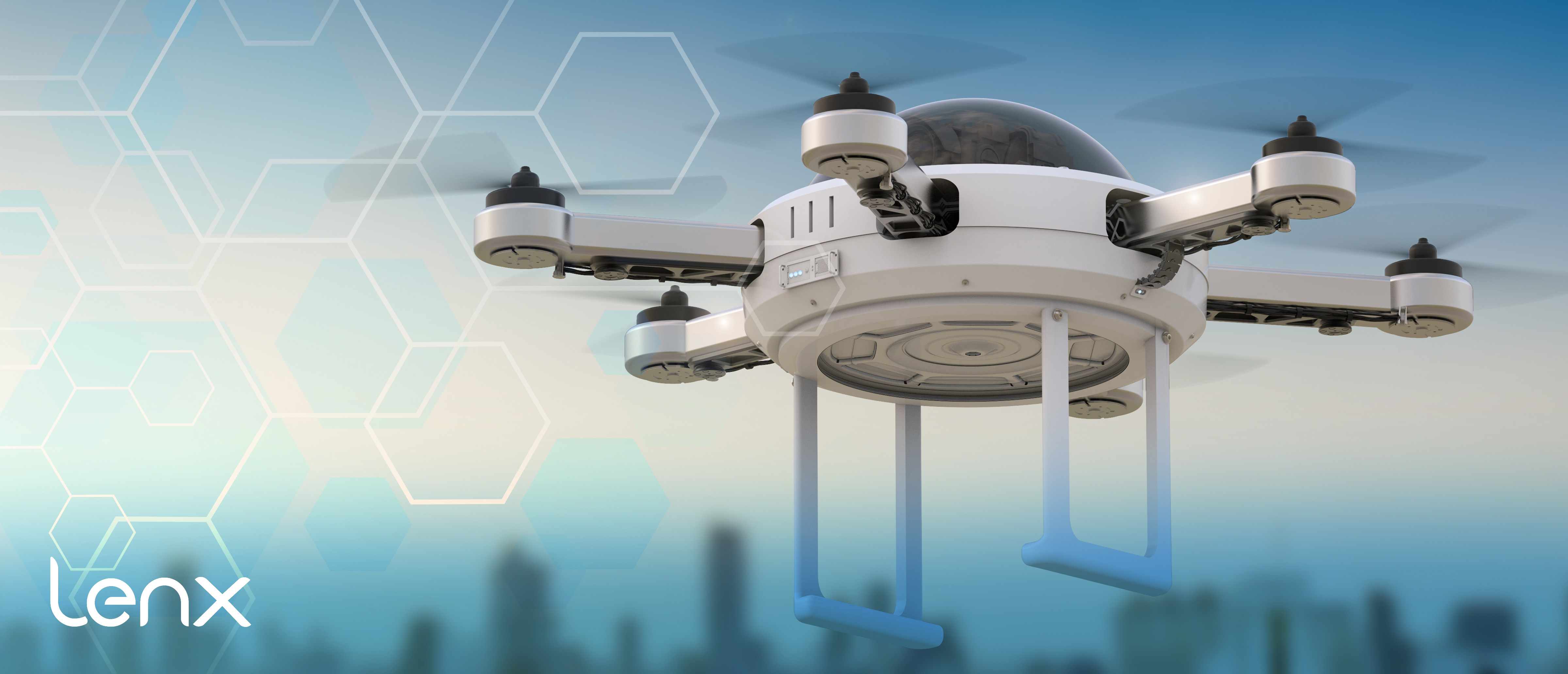
The Future Of Government Drones, AI Security, And Active Shooter Detection
In an age where security concerns are paramount, governments worldwide are turning to technology to preemptively address threats and enhance public safety. Advanced technologies, like AI security, active shooter detection systems, and government-operated drones, are at the forefront of this initiative. Let's explore how these technologies are being integrated and what the future may hold for public safety and threat detection.
AI Security and Threat Detection
Artificial Intelligence (AI) has revolutionized the security landscape. AI security applications are increasingly adept at identifying potential threats before they materialize. One such application is AI gun detection, which employs sophisticated algorithms to recognize firearms in real-time through video surveillance. This technology can drastically reduce response times in active shooter scenarios.
AI Gun Detection
AI gun detection systems use machine learning to analyze surveillance footage and identify objects that resemble guns. When a potential threat is detected, an alert is sent to security personnel, allowing for rapid deployment to the scene. The AI security app can be integrated into existing security infrastructure, making it a versatile addition to public safety measures.
Active Shooter Detection System
This system provides a comprehensive approach to active shooter scenarios. Upon detection, the active shooter alarm system triggers lockdown protocols, alerts law enforcement, and provides real-time updates to those within the vicinity.
Government Drones for Surveillance
Drones offer a unique vantage point that can be crucial during emergencies. Government drones equipped with cameras and AI can patrol sensitive areas, monitor large crowds, and even assist in search and rescue operations. As drone technology advances, their role in public safety is expected to grow, with drones becoming an integral part of the security infrastructure.
Enhanced Surveillance with Drones
Drones can cover vast areas quickly, making them ideal for surveying during large public events or in response to specific threats. They can be outfitted with thermal imaging and night vision capabilities, enabling around-the-clock surveillance. As drone swarms become a reality, coordinated fleets could provide comprehensive coverage in high-risk situations.
Integration and Response
The integration of AI security, active shooter detection systems, and drones is leading to a more connected and responsive security network. These technologies can work in concert to provide a multi-layered defense against threats. For instance, upon detection of a gun by an AI system, drones can be deployed to track and monitor the suspect until law enforcement arrives.
Looking Ahead
The future of public safety lies in the seamless integration of technology. As AI becomes more sophisticated and drones more capable, the potential for preventing tragedies through early detection and rapid response increases. However, with these advancements come concerns about privacy and the potential for abuse. It is crucial to strike a balance between security and civil liberties, ensuring that these powerful tools are used responsibly and ethically.
In conclusion, the landscape of public safety is undergoing a significant transformation. With AI security apps, active shooter alarm systems, and government drones leading the charge, the future of threat detection and response looks more efficient and proactive. As these technologies evolve, they promise to provide greater security and peace of mind for societies around the globe.

